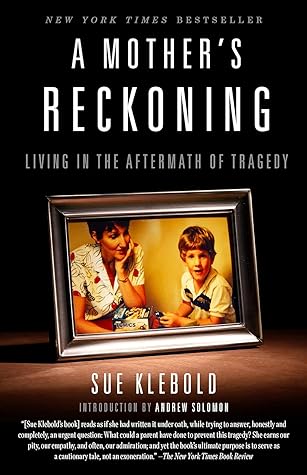More on this book
Community
Kindle Notes & Highlights
by
Sue Klebold
Read between
March 11 - March 15, 2018
“Have patience with everything that remains unsolved in your heart,” Rainer Maria Rilke writes in his fourth letter to a young poet. “Try to love the questions themselves, like locked rooms and like books written in a foreign language. Do not now look for the answers. They cannot now be given to you because you could not live them. It is a question of experiencing everything. At present you need to live the question. Perhaps you will gradually, without even noticing it, find yourself experiencing the answer, some distant day.”
Almost everything I knew about suicide was wrong. I thought I knew what kinds of people tried to kill themselves, and why—they were selfish or too cowardly to face their problems, or captive to a passing impulse. I had bought into the cultural cliché that people who died by suicide were quitters—either too weak to handle the challenges of life, or attention-seeking, or trying to punish the people around them. These, I learned, are myths that are born out of thinking about suicide without really trying to inhabit the suicidal mind. Suicidal thought is a symptom of illness, of something else
...more
He proposes that the desire to die by suicide arises when people live with two psychological states simultaneously over a period of time: thwarted belongingness (“I am alone”) and perceived burdensomeness (“The world would be better off without me”). Those people are at imminent risk when they take steps to override their own instinct for self-preservation, and therefore become capable of suicide (“I am not afraid to die”).


